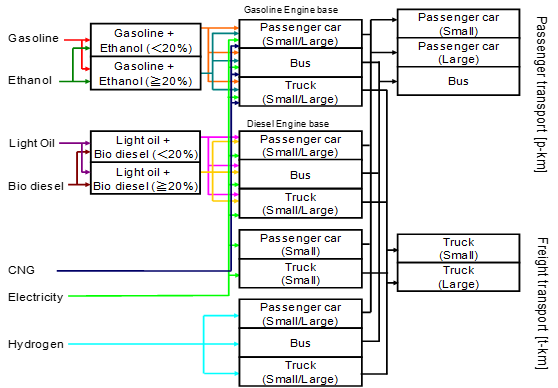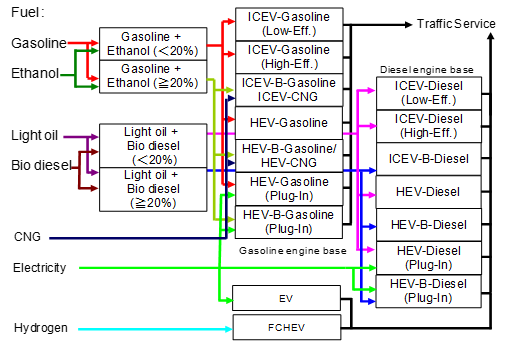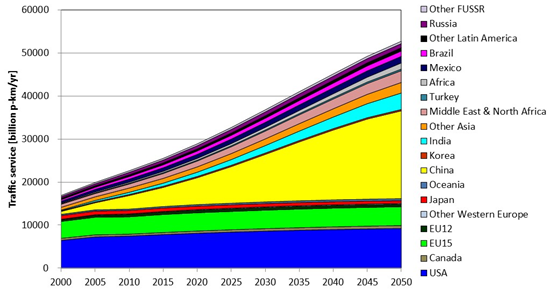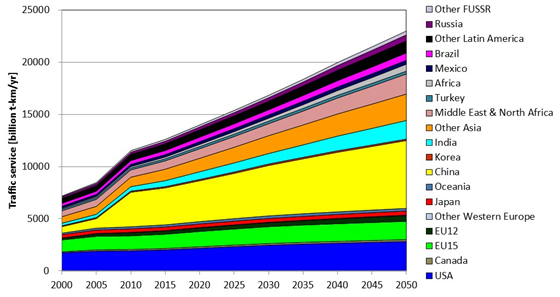Transport - DNE21+: Difference between revisions
No edit summary |
(Edited automatically from page DNE21+ setup.) |
||
| Line 1: | Line 1: | ||
{{ModelDocumentationTemplate | {{ModelDocumentationTemplate | ||
|IsEmpty=No | |||
|IsDocumentationOf=DNE21 | |IsDocumentationOf=DNE21 | ||
|DocumentationCategory=Transport | |DocumentationCategory=Transport | ||
Revision as of 10:13, 30 August 2016
| Corresponding documentation | |
|---|---|
| Previous versions | |
| Model information | |
| Model link | |
| Institution | Research Institute of Innovative Technology for the Earth (RITE), Japan, http://www.rite.or.jp/en/. |
| Solution concept | |
| Solution method | |
| Anticipation | |
DNE21+ represents road transportation sector in two way. One is vehicle type and the other is technological category. The type of vehicle includes small passenger car, large passenger car, bus, small truck, and large truck. Vehicle technologies are categorized into internal combustion engines, electric cars, fuel-cell cars, and alternative fuel vehicles, including bioethanol mixed with gasoline, biodiesel mixed with diesel, and CNG. The gasoline and diesel combustion engines for gasoline/diesel are further classified into conventional internal combustion cars (low/high efficiency), hybrid cars, and plug-in hybrid cars.
Figure 21 Schematic diagram of transportation service demand in DNE21+
Figure 22 Taxonomy of passenger cars in DNE21+
Scenarios on service demand of road transportations are developed for passenger cars and buses separately based on per-capita GDP and the historical trends. As for road freight transport (t-km) scenarios of cargo trucks, overall cargo service per-capita is estimated by the GDP size, and then the transition of modal share is assumed.
Figure 23 Traffic service of passenger car by region
Figure 24 Traffic service of cargo truck by region



